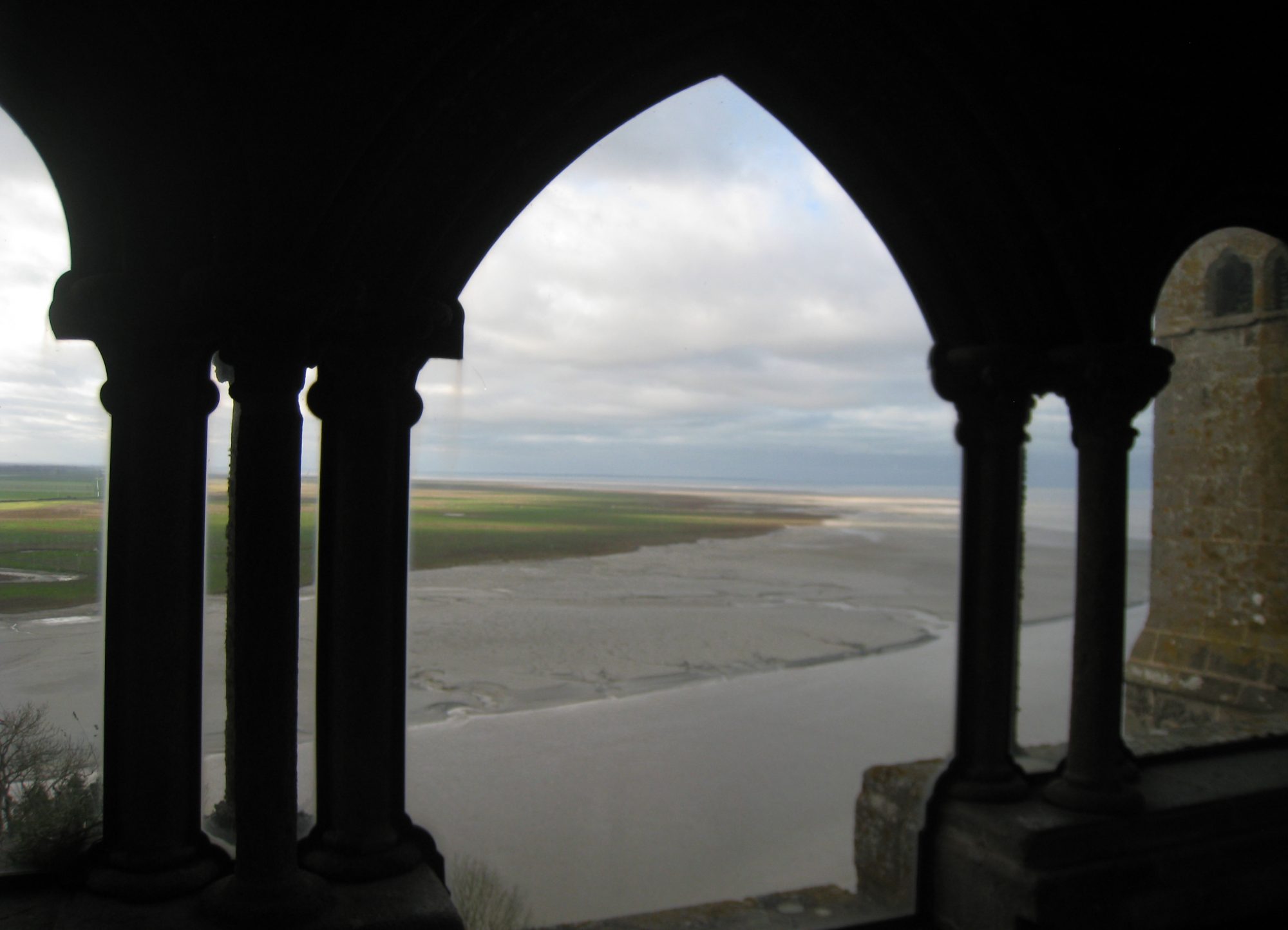
Sydney’s whale-watching season runs from May to November. At the peak of the whales’ northward migration – around late June and early July – it’s hard NOT to spot whale from the many cliff-top vantage points along Australia’s eastern coastline. By this time of year (October), however, the whales are heading south again and their southward ‘whale trail’ is a little further out to sea so they’re a little harder to spot … but they are certainly there, and in abundance. These magnificent creatures are a source of wonder and admiration for us today but the sad history of whaling demonstrates that this wasn’t also so. In the Middle Ages, the “status” of whales was even more lowly with medieval people viewing them as a source of deception and death. The basis of this view can be traced to the whale’s depiction, and description, in a number of medieval bestiaries. (More on “bestiaries” in another post but, for now, a handy definition of a medieval bestiary is a type of compendium of beasts and animals, real and mythical, accompanied by a symbolic interpretation and a moral lesson, particular to each beast).
In 1481 William Caxton (of English printing press fame), drawing on much earlier bestiary definitions, wrote of the whale as being a “fish so huge and great that on his back grows earth and grass” and that this makes the whale appear as if it is an island on  which mariners can “come ashore”. Once there, Caxton explains that it is not unusual for the seamen to light a fire on which to cook their food. However, the heat of the cooking fire eventually distresses the whale enough that he must dive down under the water to cool himself, thereby taking all the mariners with him to their death. The symbolic interpretation of this is that the whale is as deceitful as the devil, luring men to death (spiritual and physical) when they fail to be alert to the deception, and fall for easy and comfortable options.
which mariners can “come ashore”. Once there, Caxton explains that it is not unusual for the seamen to light a fire on which to cook their food. However, the heat of the cooking fire eventually distresses the whale enough that he must dive down under the water to cool himself, thereby taking all the mariners with him to their death. The symbolic interpretation of this is that the whale is as deceitful as the devil, luring men to death (spiritual and physical) when they fail to be alert to the deception, and fall for easy and comfortable options.
Now, how fortunate we are to have an informed understanding of these magnificent creatures and how lucky to be able to catch sight of the whales each year as they make their epic journey along the eastern Australian coast.



 , with its strange list of ‘gifts’, evokes the medieval world. Again, this carol is more recent, its words having been first published in England in 1780; but the idea of such a list can be found in the provincial songs of many earlier compositions. Additionally, “a partridge in a pear tree” does have very close links with the allegorical/moral entries in medieval bestiaries. (I’ve written about bestiaries in another post but, for those who don’t know, the medieval bestiary is a type of compendium of beasts and animals, real and mythical, accompanied by a symbolic interpretation and a moral lesson, particular to each beast). There, the partridge is described as a deceitful bird because of its practice of stealing the eggs from the nest of other birds, and of then hatching them. This was never to the partridge’s advantage, however, as, once hatched, the baby birds would recognise the call of their true mother and would fly to her. The associated allegorical meaning was that the partridge stood for the Devil and his stealing of souls (into sin) but, eventually, when the sinners recognised God as their true creator, they would repent, leaving the Devil empty-handed.
, with its strange list of ‘gifts’, evokes the medieval world. Again, this carol is more recent, its words having been first published in England in 1780; but the idea of such a list can be found in the provincial songs of many earlier compositions. Additionally, “a partridge in a pear tree” does have very close links with the allegorical/moral entries in medieval bestiaries. (I’ve written about bestiaries in another post but, for those who don’t know, the medieval bestiary is a type of compendium of beasts and animals, real and mythical, accompanied by a symbolic interpretation and a moral lesson, particular to each beast). There, the partridge is described as a deceitful bird because of its practice of stealing the eggs from the nest of other birds, and of then hatching them. This was never to the partridge’s advantage, however, as, once hatched, the baby birds would recognise the call of their true mother and would fly to her. The associated allegorical meaning was that the partridge stood for the Devil and his stealing of souls (into sin) but, eventually, when the sinners recognised God as their true creator, they would repent, leaving the Devil empty-handed.